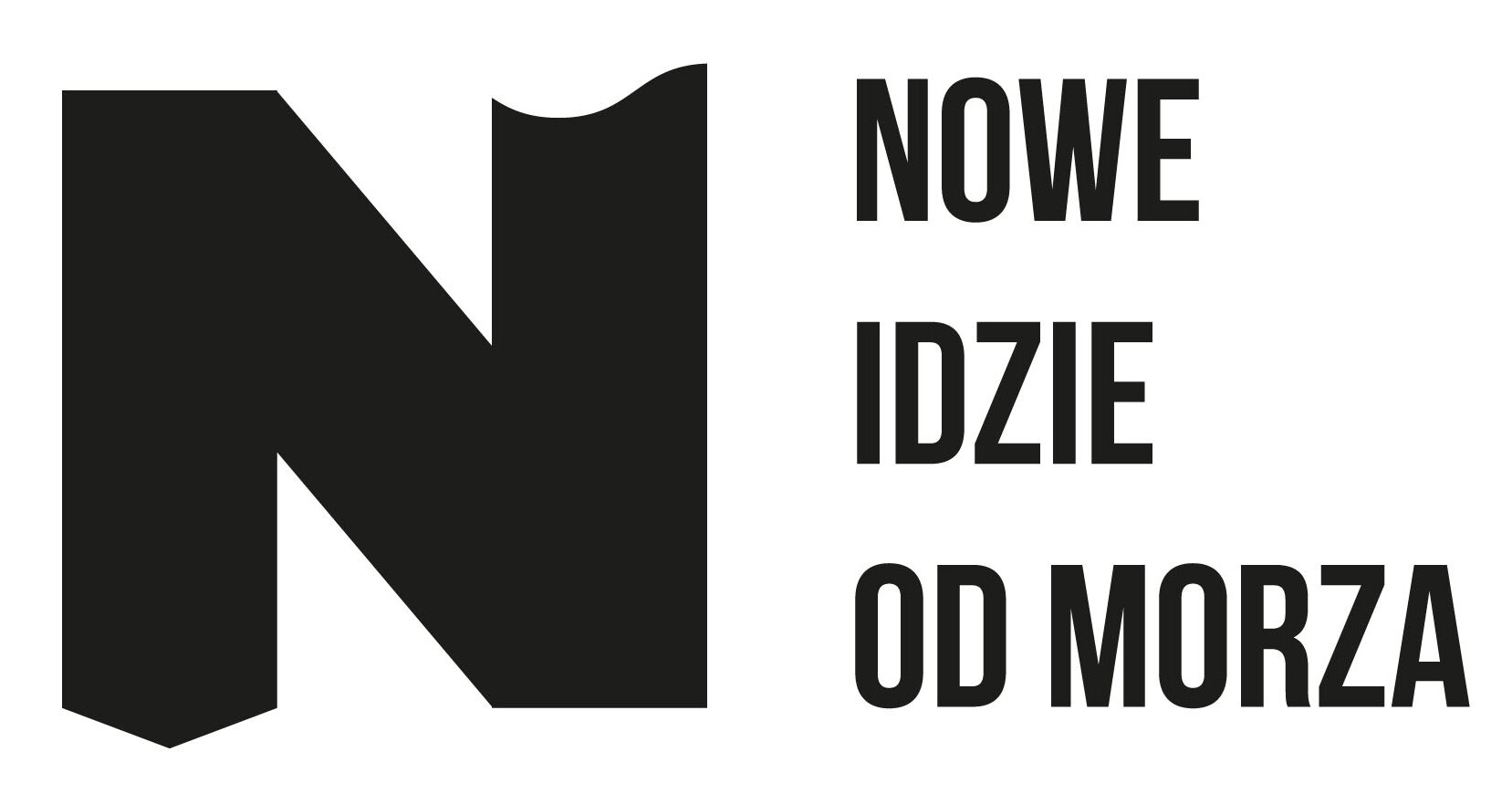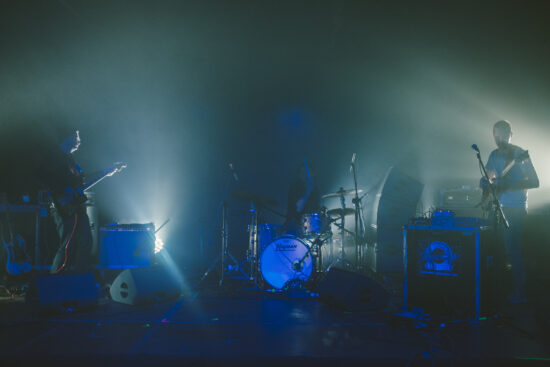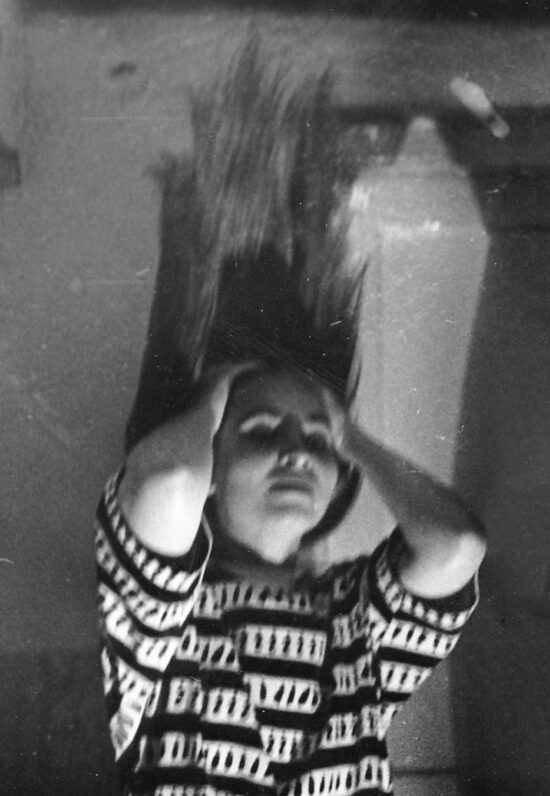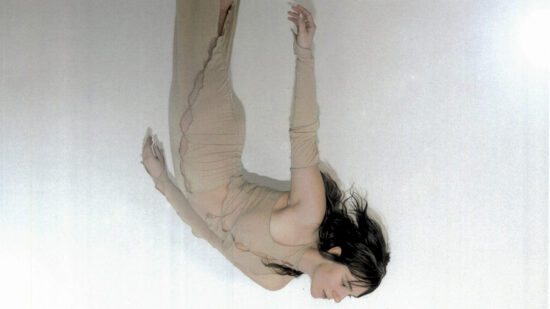Sejny Klezmer Theatre Orchestra is firmly rooted in the past, but also keeps an eye out for the present – a present that is still fluid in terms of the global multiculturalism.
Translation: Aleksandra Szkudłapska
There is not a single way to talk about how the Sejny Theatre Klezmer Orchestra came to record and publish their debut album. First of all, there is the Borderland Foundation – an institution operating in Sejny since the early 1990s, whose mission is to shed light on the history of this region using various social and cultural events (I wrote about it in Polityka magazine, and even the New York Times once devoted a column to their work). Secondly, one ought to point out that the orchestra’s founders ended up in the yeshiva, synagogue and Hebrew middle school in the centre of the town – buildings that bear witness to the history and identity of Jews who used to live here before WWII. The third piece of trivia is the fact the ensemble is not composed of academics or music school graduates, but youngsters from the region, whose musical talent was provided with an outlet by the Borderland Foundation. Last but not least, one ought to mention Dybuk: a theatre production where the Orchestra performed for the first time, which led to a string of concerts in Poland and all over the world. This state lasted almost two decades, throughout which the group consistently shunned any releases that would document their activity. Now, however, as if to make up for that, we got a monumental work with over two hours of music.
The first record contains interpretations of traditional pieces; on the second, the orchestra plays alongside guests from Poland and abroad – and both parts perfectly complement each other. When the ensemble reaches for the (mostly) Jewish musical heritage, the resulting sound is powerful and poignant: from the Jewish anthem “Ein Keloheinu” and the “Ahavat Olam” prayer recited during Maariv liturgy to the lyrical nigun “Dwejkus”. Yet their influences also span the less obvious: the Argentinian tango in “Mi Buenos Aires Querido” (Argentina has the largest Jewish population in South America), the adventurously performed Georgian anthem “Shen Khar Venakhi” or the subtle Ukrainian folk dance “Kolomyjka”.
Even though the orchestra’s line-up includes more than 20 musicians, the ensemble sounds very harmonious, with their trademark wailing, nostalgic melodies. Most of the members play brass – and while there is room for various percussion instruments (from drums to vibraphone), the powerful double bass or Wojtek Szroeder’s distinctive accordion, leading the band, it is the orchestra’s characteristic, collective sound that really builds the strength of this material. The Borderland band uses backyard language (straightforward, honest and devoid of pathos) to talk about history from the angle of multiculturalism that is far removed from large urban centres. But it is more than just that.
Another important point of reference is the Hasidic new wave in “Satmar Hafakos”. This scene took shape in the US in the 1980s and 90s (second klezmer revival), but it also made its mark on Poland over the last two decades – and the piece acts as a link to the second part of the set. CD2 was recorded with plenty of guests: David Krakauer, Frank London, Michael Alpert, Mikołaj Trzaska (with whom the orchestra recorded music to Wojciech Smarzowski’s film Volhynia) and Raphael Rogiński. This was sparked by regular meetings dubbed the Musicians’ Raft, where the Sejny Orchestra played (mostly) original pieces composed by invited guests. This part of the album is more frivolous, filled with uncontrollable madness and heavy on improvisation. At the same time, the pieces reveal a multitude of inspirations. Krakauer opens the record with the catchy “Keepers of the Flame”, attentively leading the brass section while he plays the clarinet, only to explode in a giant wobbly improvisation in the moving “The New Year After”. In the latter, some of the instruments stay within the rhythm, while percussion and the New York clarinetist play phrases in the foreground, entering high registers.
Michael Alpert is the most ludic: from “In Drojsn Gejt A Drobinker Regn” to the chorally sung “Jadą Chsydim do gory”, accompanied by drums alone. In turn, Frank London takes a playful look at tradition as he escapes towards mystery, sonorous swooshes of instruments and bass background in the saturnine “Abspiel Far Di Mekhutonim”. This multi-layered Hasidic suite is one of the strongest and most captivating moments on the record, combining a smooth collective sound with coherent improvisation. Raphael Rogiński’s “Rzezak Tanc” is an expression of melancholy, encapsulated in the distinctive music of his guitar and the intriguing dialogue between Mikołaj Pol’s vibraphone and Kacper Szroeder’s trumpet.
If the first record in the set epitomizes the collective sound, steeped in tradition, the second one is a tour de force of the young musicians’ openness to various styles – and as such it speaks to me even more. Not only does it leave plenty of room for improvisation, but it also exemplifies a different approach to Jewish music traditions, which the Sejny Orchestra explore from many angles. These two sides of the Sejny Klezmer Theatre Orchestra come together to form a picture of an ensemble that is firmly rooted in the past, but also keeps an eye out for the present – a present that is still fluid in terms of the global multiculturalism. The spirit of the past meets the spirit of our turbulent times, and the orchestra distils a very moving essence from the two.
Orkiestra Klezmerska Teatru Sejneńskiego, Orkiestra Klezmerska Teatru Sejneńskiego, Wydawnictwo Pogranicze.
PS. Apart from listening to both records, it is worth experiencing the music first hand: in the summer, the orchestra plays the White Synagogue in Sejny several times a week. The live experience adds depth to this geographical and spiritual journey.




